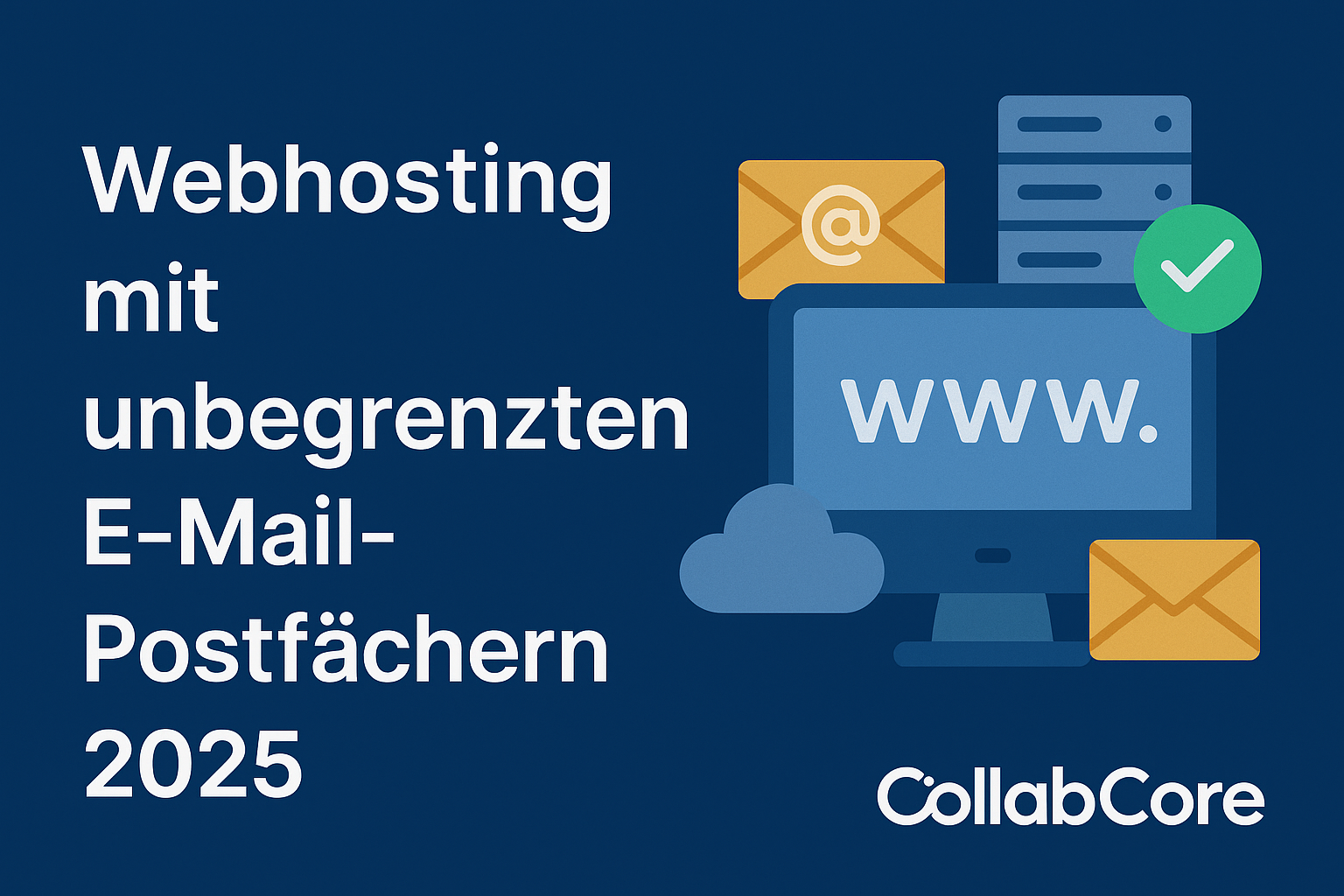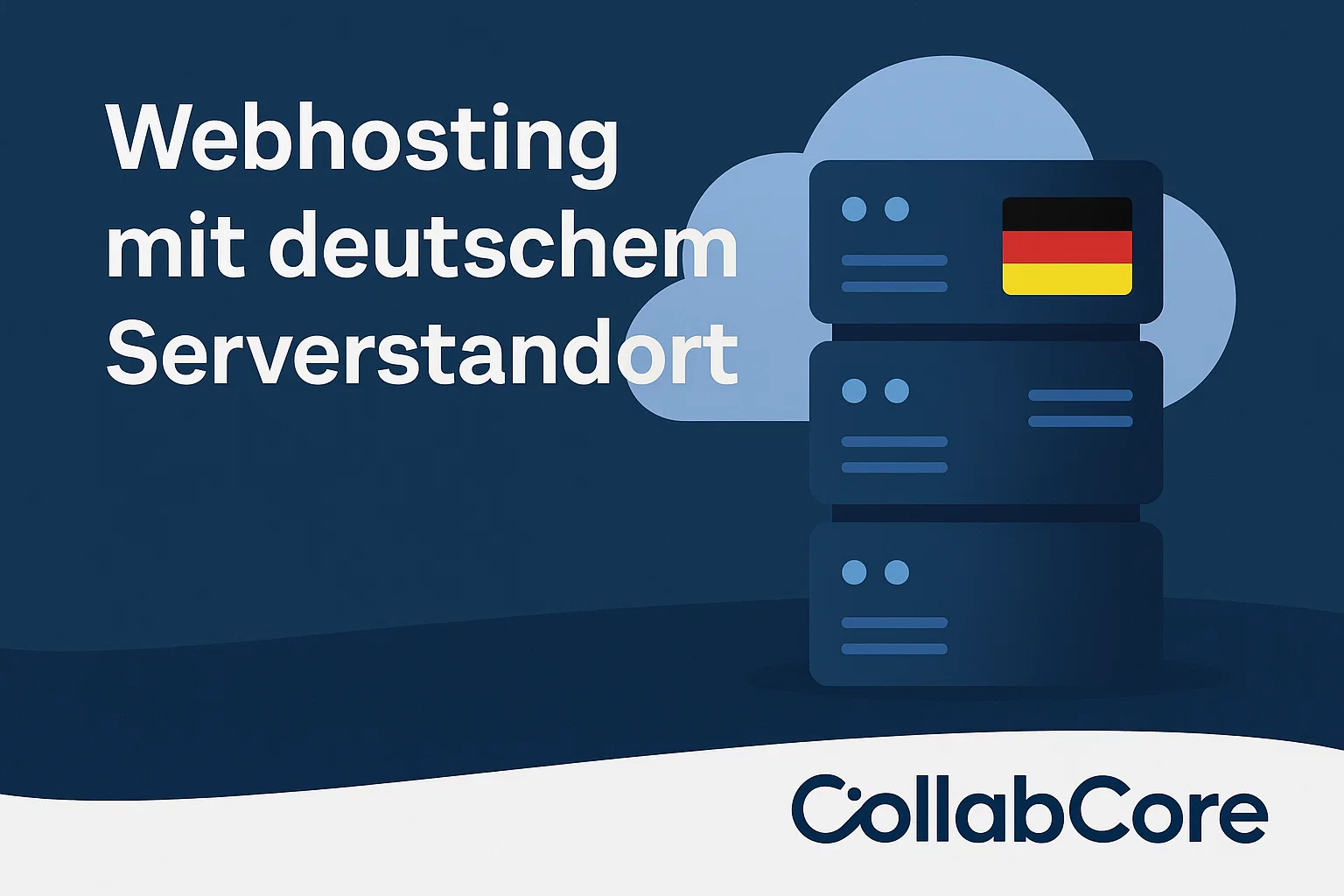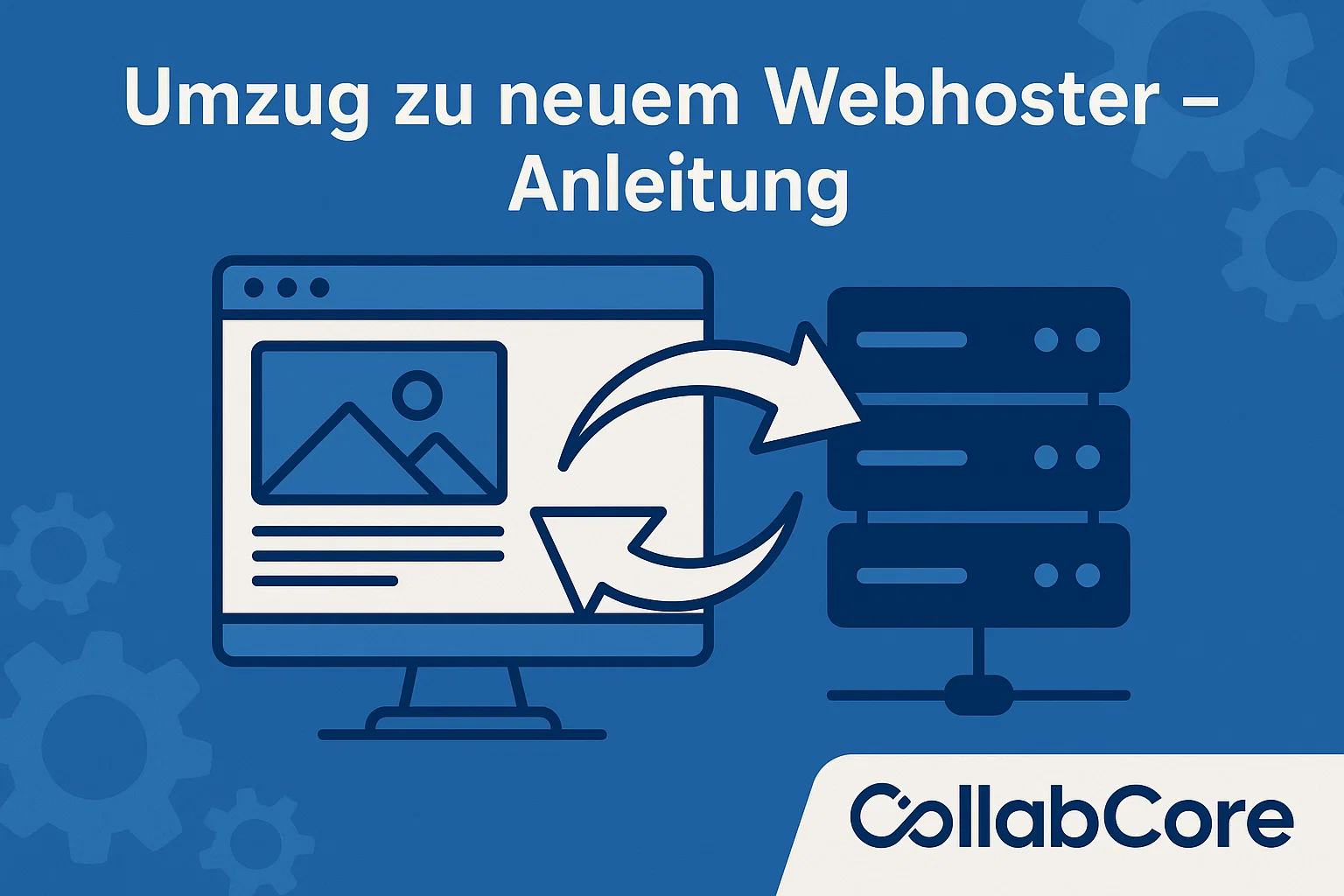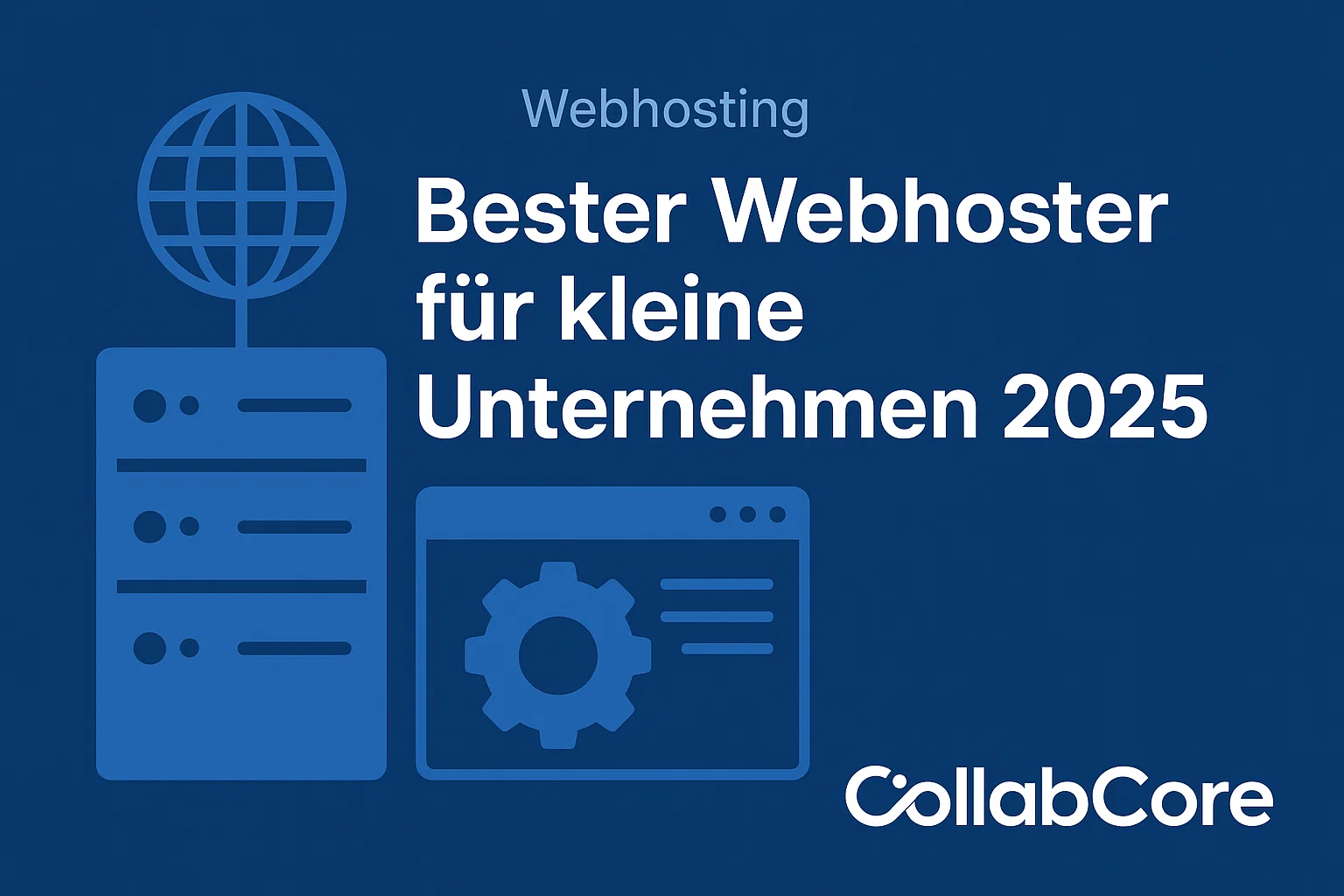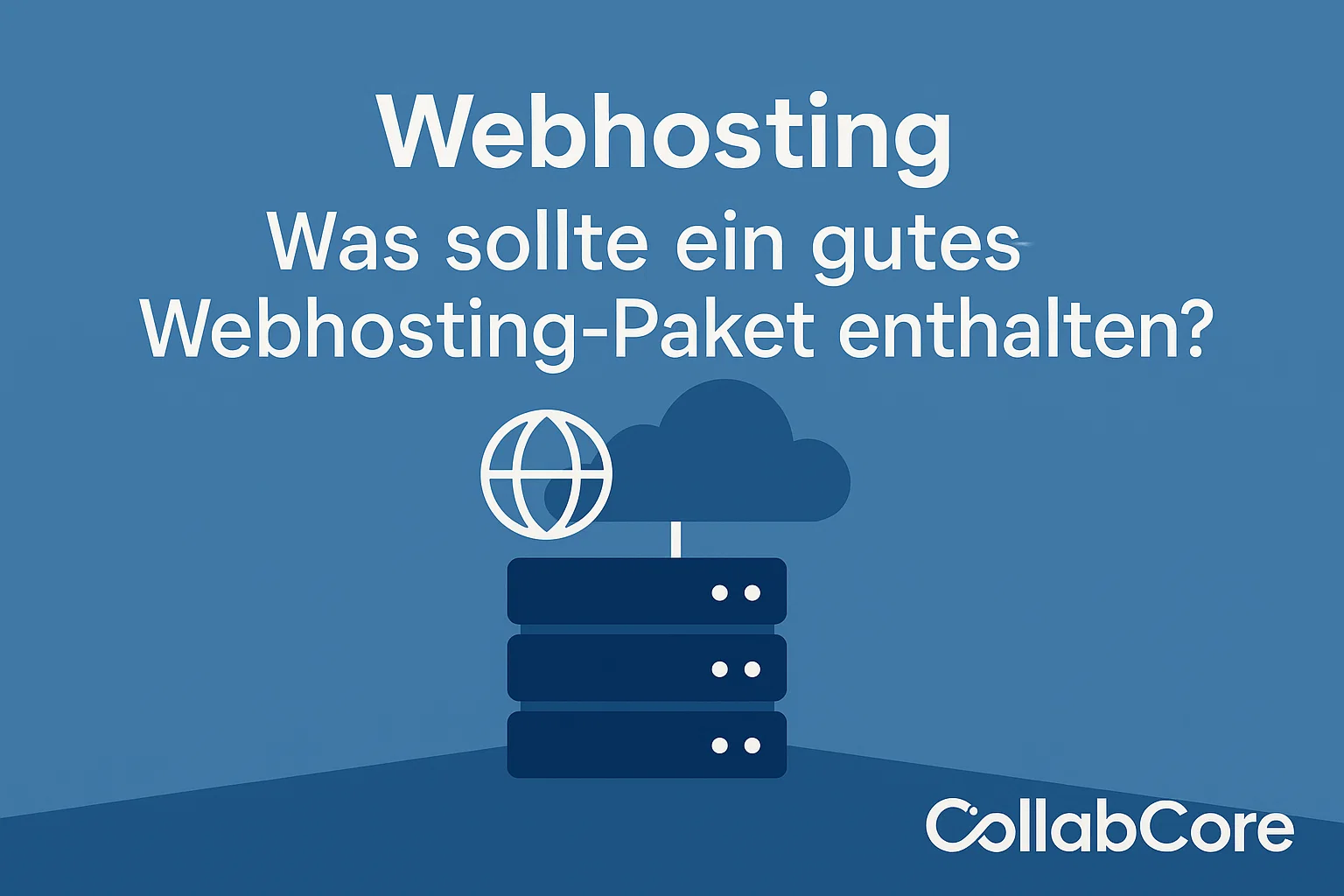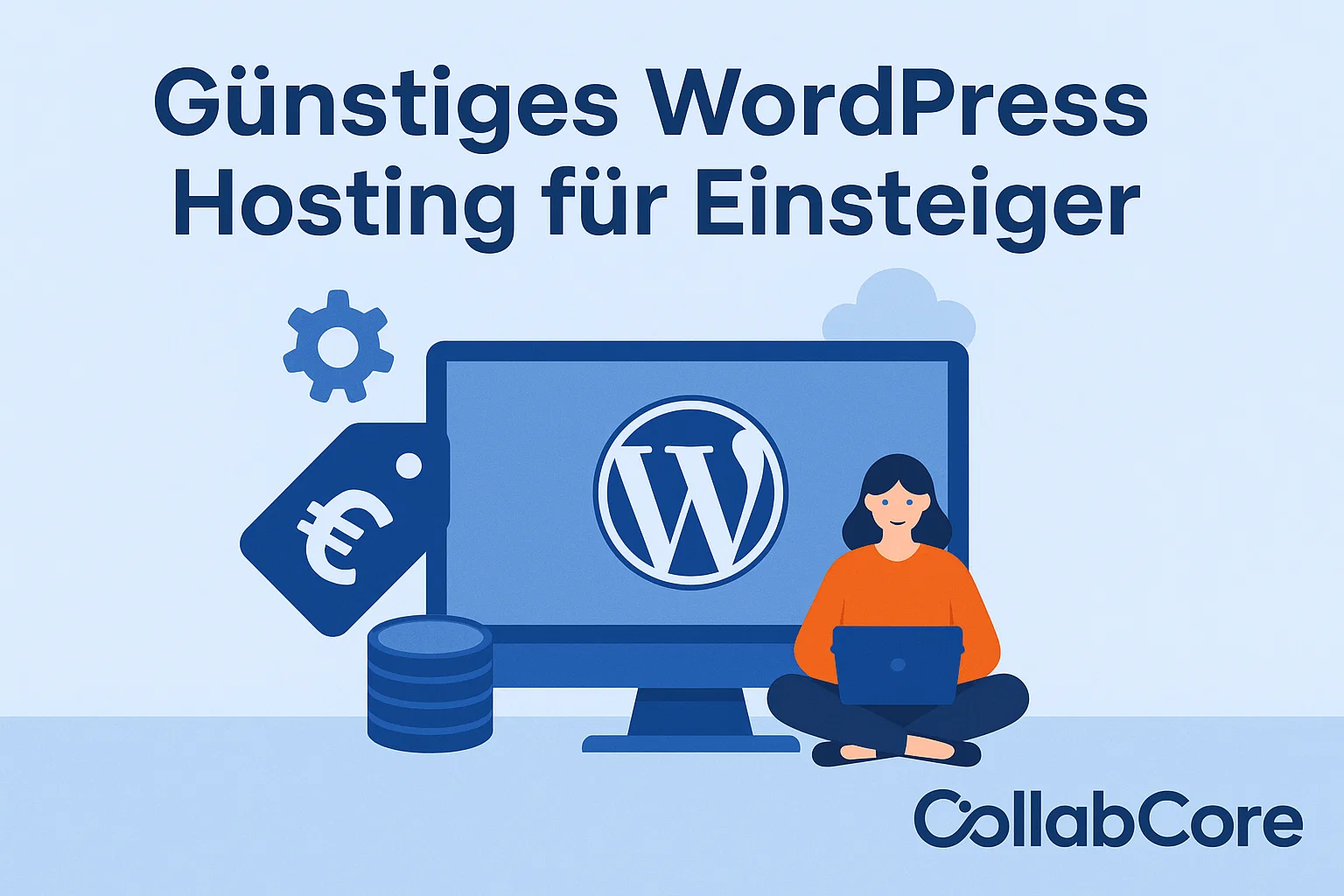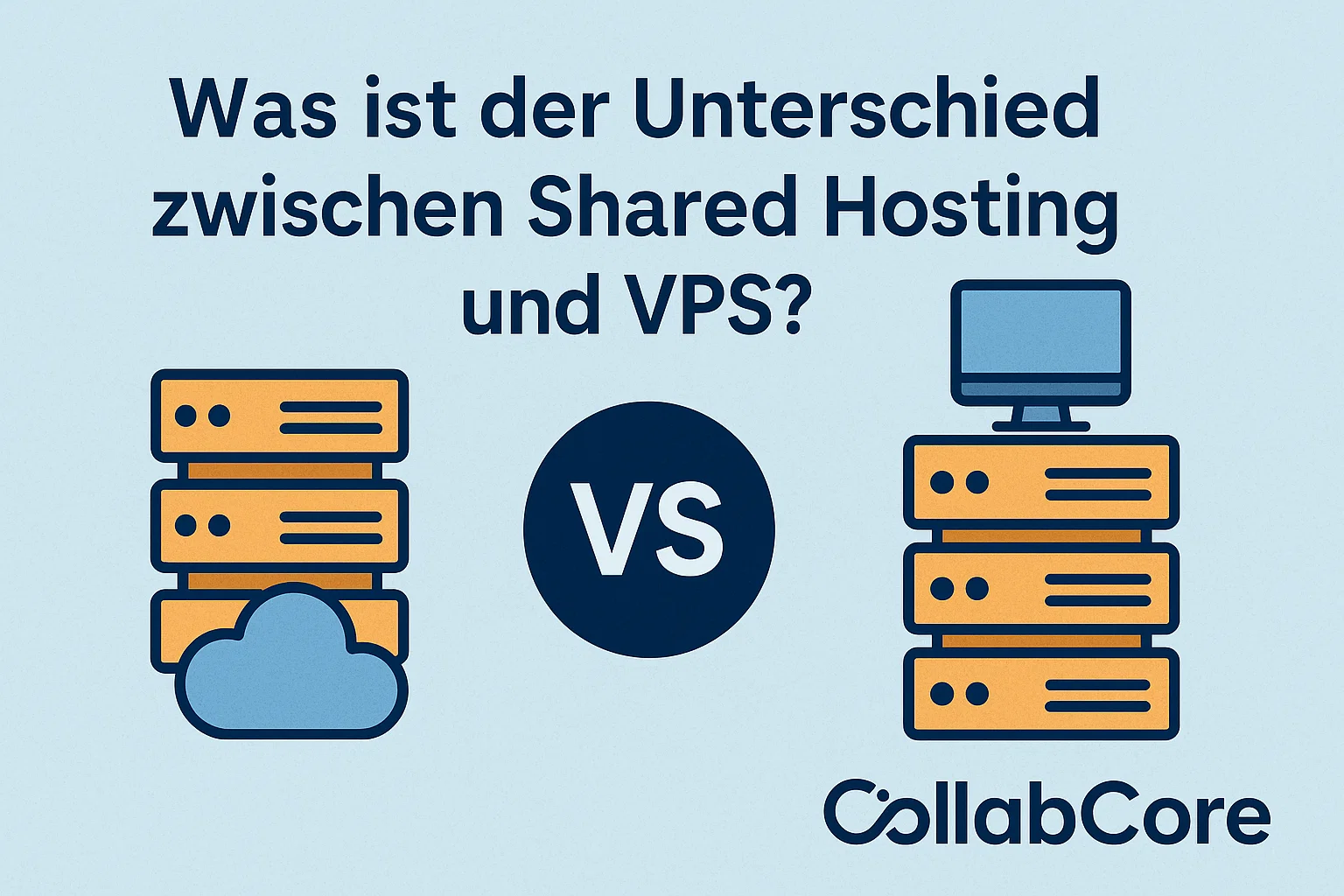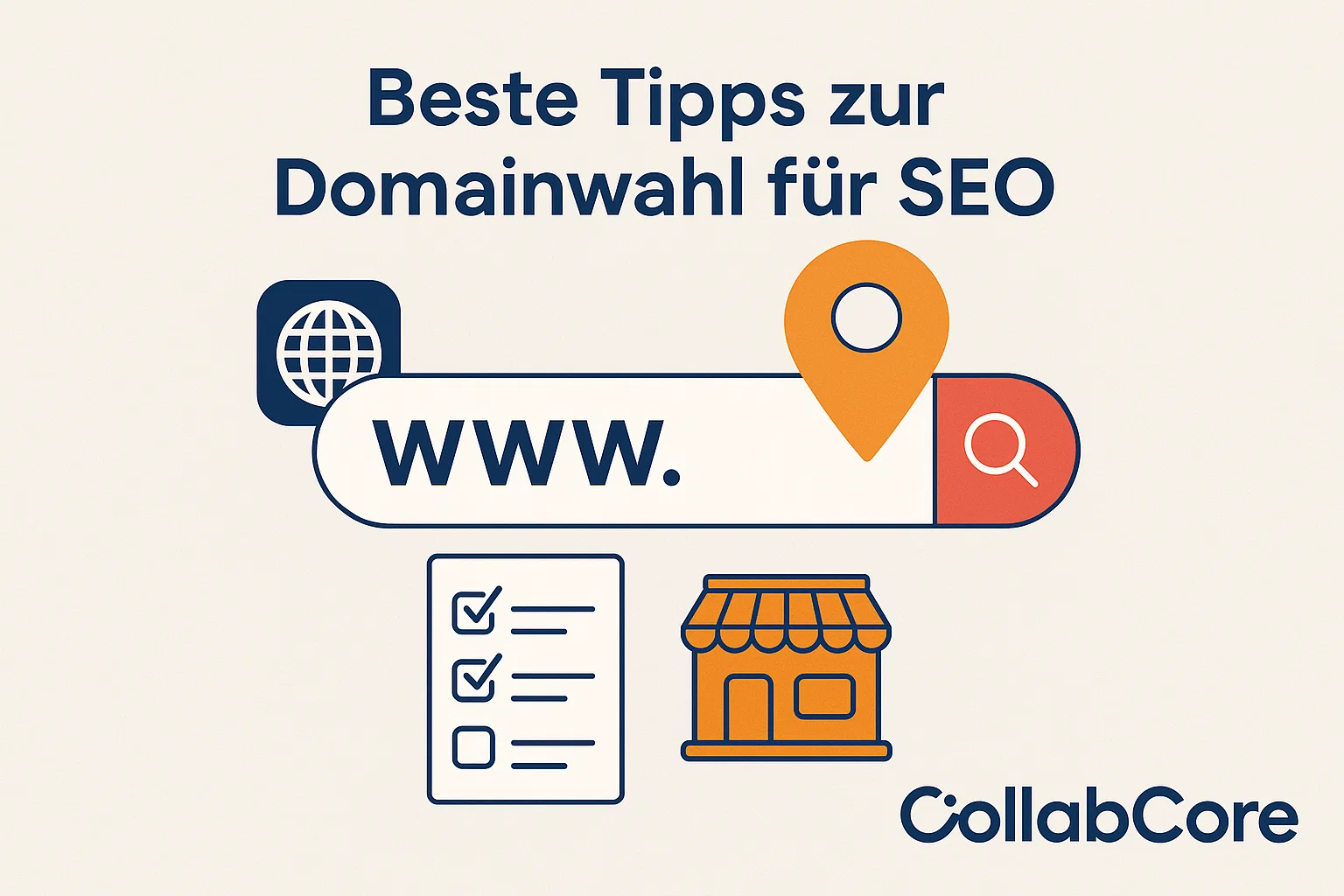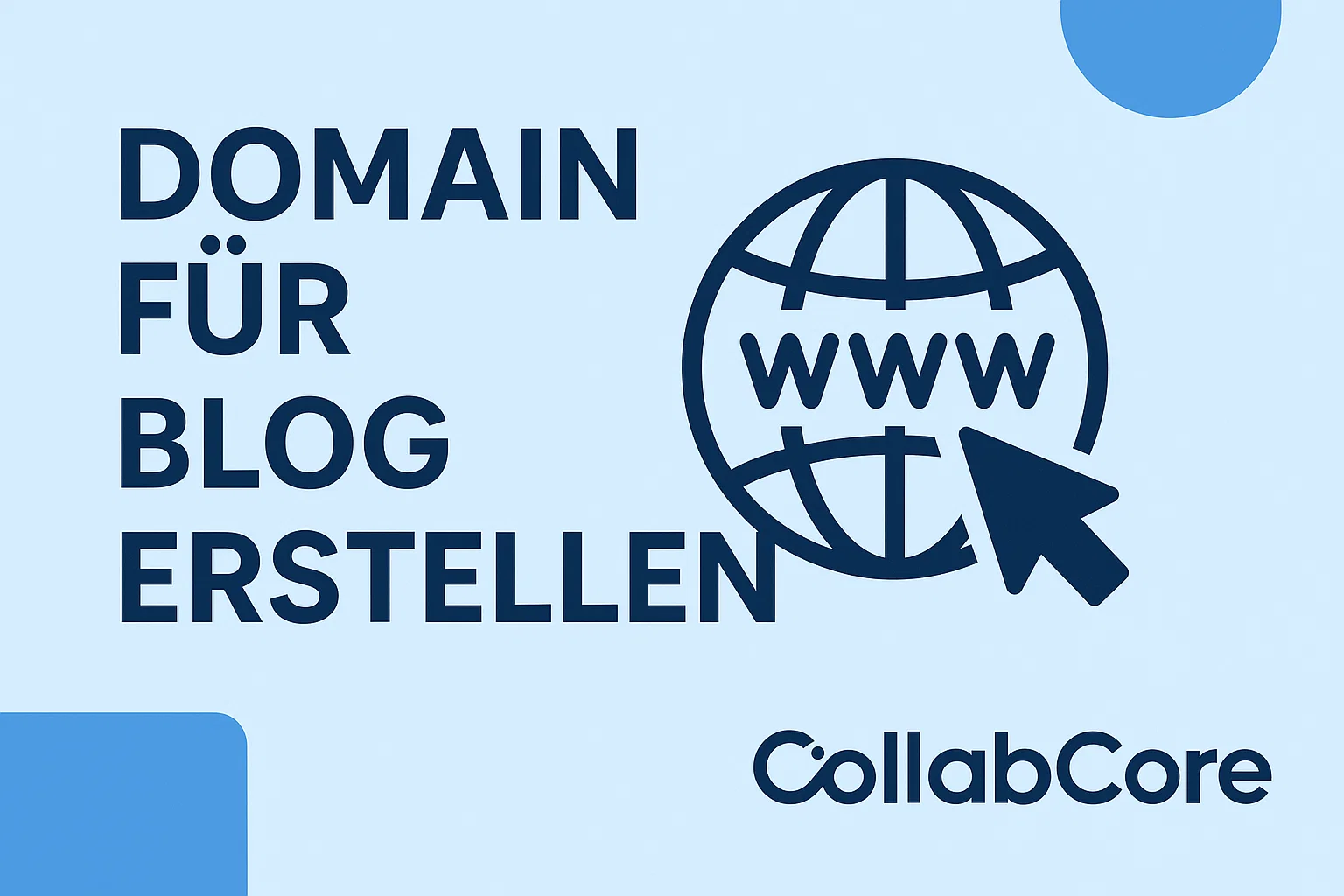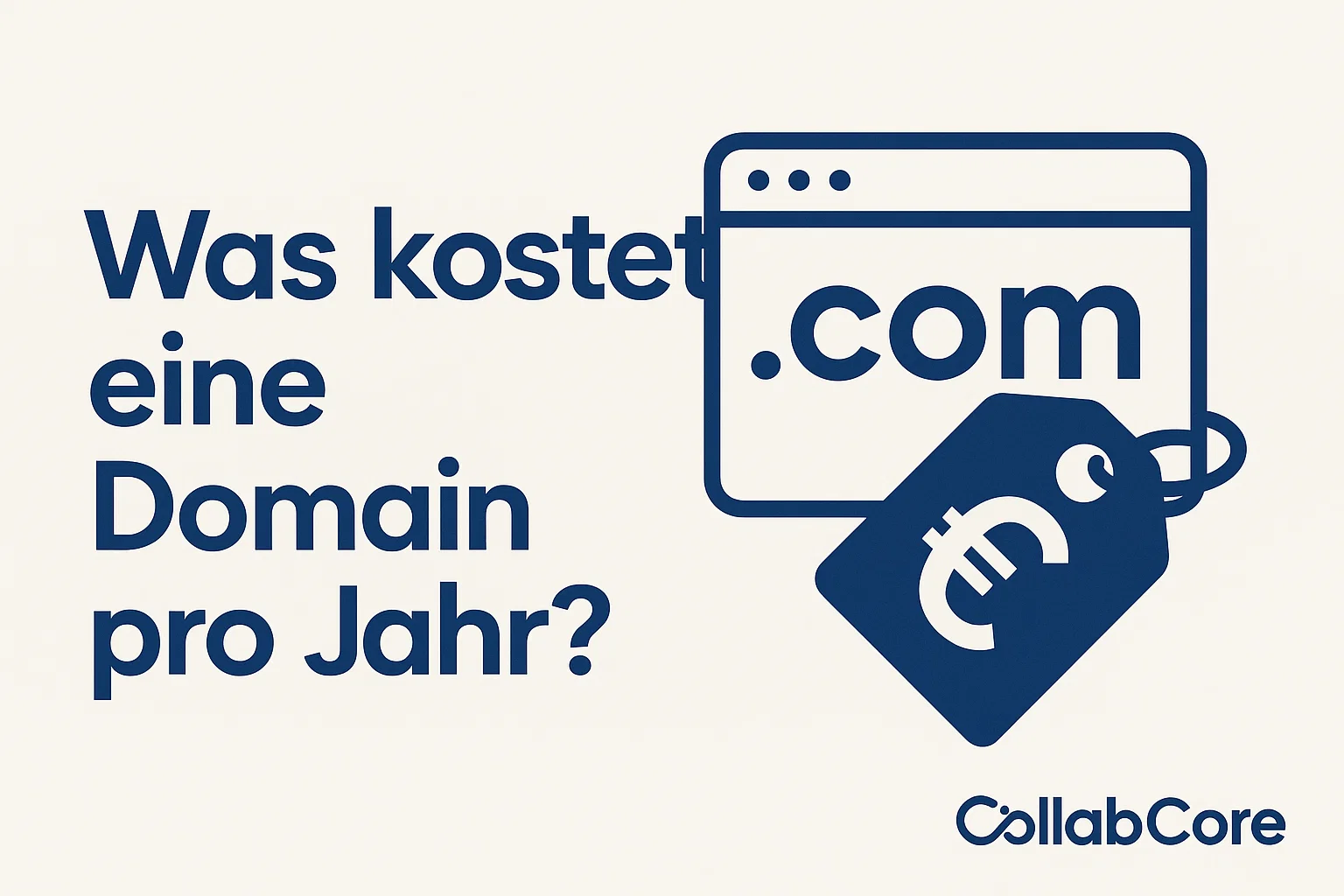Managing users and roles in WordPress is an essential task for maintaining a secure and organized website. Whether you’re running a personal blog or managing a large multi-user platform, understanding how to manage users and roles efficiently is key to a smooth workflow. Here’s a comprehensive guide to help you get started.
Understanding User Roles and Capabilities
WordPress comes with a built-in user role management system that allows you to assign different levels of access and capabilities to various users. Here are the default user roles:
- Administrator: Full control over the site, including themes, plugins, and user management.
- Editor: Can publish, edit, and manage all posts, including those by other users.
- Author: Can publish, edit, and manage their own posts.
- Contributor: Can write and edit their own posts but cannot publish them.
- Subscriber: Can manage their own profile and view private content.
Each role has predefined capabilities, but these can be customized with plugins or custom code.
Adding and Managing Users
- Adding a New User:
- Go to your WordPress dashboard.
- Navigate to Users > Add New.
- Fill in the required fields, including username, email, and password.
- Assign an appropriate role based on the user’s responsibilities.
- Click Add New User.
- Editing Existing Users:
- Navigate to Users > All Users.
- Click on the username you want to edit.
- Update details such as name, email, and role.
- Save changes.
- Deleting Users:
- Go to Users > All Users.
- Hover over the user you want to delete and click Delete.
- Choose whether to delete their content or assign it to another user.
Best Practices for Managing Roles
- Follow the Principle of Least Privilege: Assign the minimum required role to each user to reduce security risks.
- Regularly Review User Access: Periodically review user roles and adjust access based on current needs.
- Use Plugins for Advanced Role Management: Plugins like “User Role Editor” and “Members” allow you to customize roles and capabilities further.
Troubleshooting Common Issues
- Users Can’t Access Certain Features: Verify the assigned role and its capabilities. Use a plugin to adjust roles if needed.
- Forgotten Passwords: Direct users to the Lost Your Password? link on the login page to reset their credentials.
- Unauthorized Access: Regularly monitor user activity and remove inactive or suspicious accounts.
Extending User Management with Plugins
- User Role Editor: Allows you to modify roles and capabilities with an intuitive interface.
- Members: Provides advanced features like role creation, content restriction, and custom permissions.
- WPForms: Enables you to create user registration and login forms tailored to your site’s needs.
Conclusion
Effectively managing users and roles in WordPress ensures your website remains secure, organized, and efficient. By leveraging WordPress’s built-in tools and extending its functionality with plugins, you can maintain control over user access and streamline your workflow. Start implementing these practices today for a safer and more productive WordPress site!







